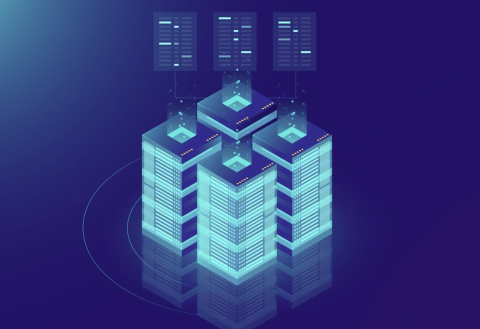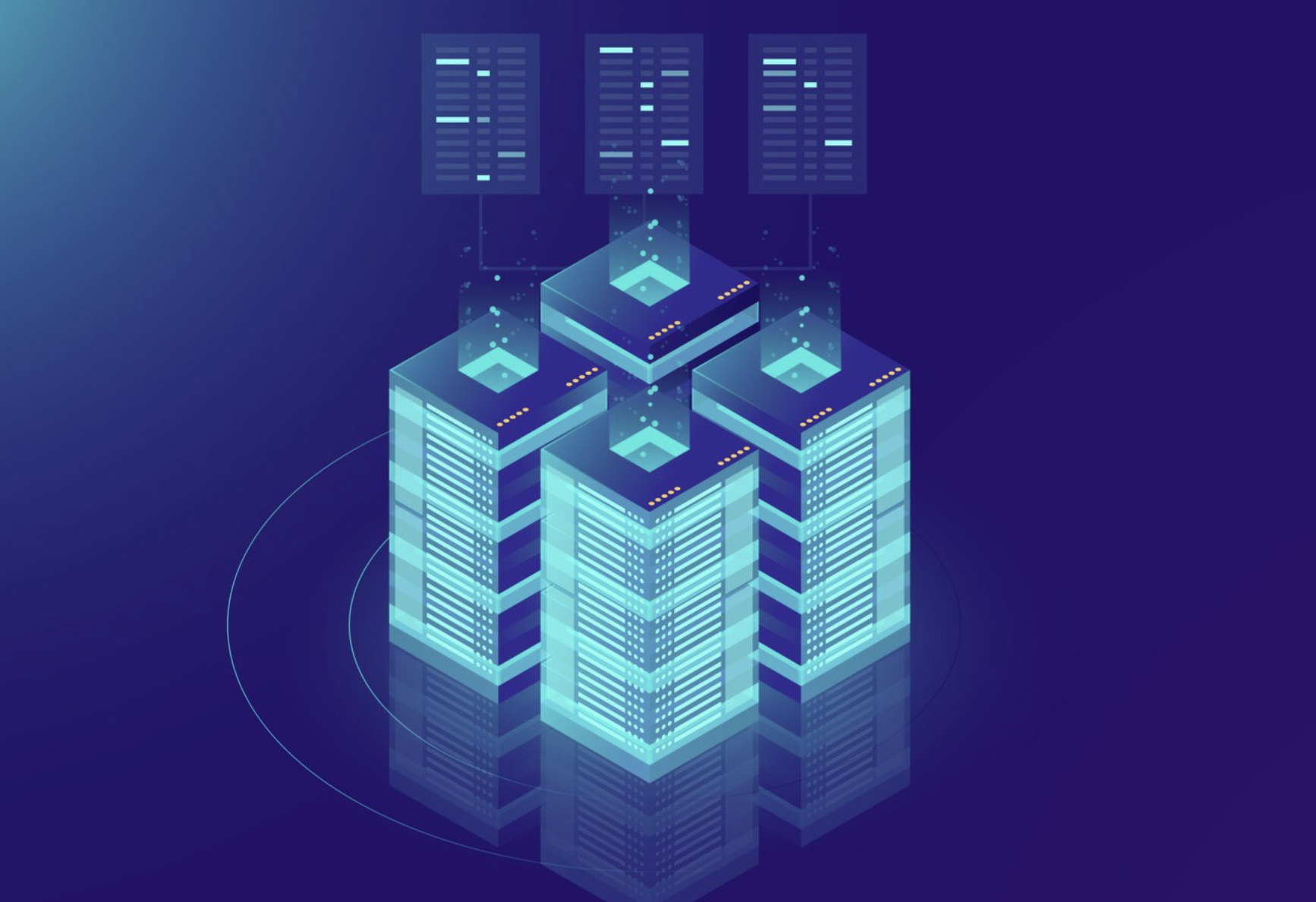
In recent years, the volume of data generated by businesses has grown exponentially. With this growth, traditional relational databases have started to show limitations in terms of scalability and flexibility.
This has fueled the rise of NoSQL databases, which offer more efficient solutions for managing large amounts of unstructured data. In this article, we will explore what NoSQL databases are, the reasons for their growing popularity, and what MongoDB, Cassandra, and Redis offer to modern organizations.

What are NoSQL databases?
NoSQL databases, also known as "not only SQL", are database management systems that allow you to store and retrieve large amounts of unstructured or semi-structured data.
Unlike relational databases that use tables, NoSQL databases can organize data into documents, graphs, columns, or key-value pairs. This type of database is ideal for applications that require high availability, horizontal scalability, and flexibility to handle different types of data.
Key Benefits of NoSQL Databases
Horizontal Scalability
NoSQL databases allow you to add more servers to handle increasing workloads, rather than relying on a single powerful server.
Flexibility in Data Management
These databases do not require a fixed schema, making it easy to incorporate new types of data without complex changes.
High Performance
With their ability to distribute the workload across multiple nodes, NoSQL databases offer fast performance, even on large-scale systems.
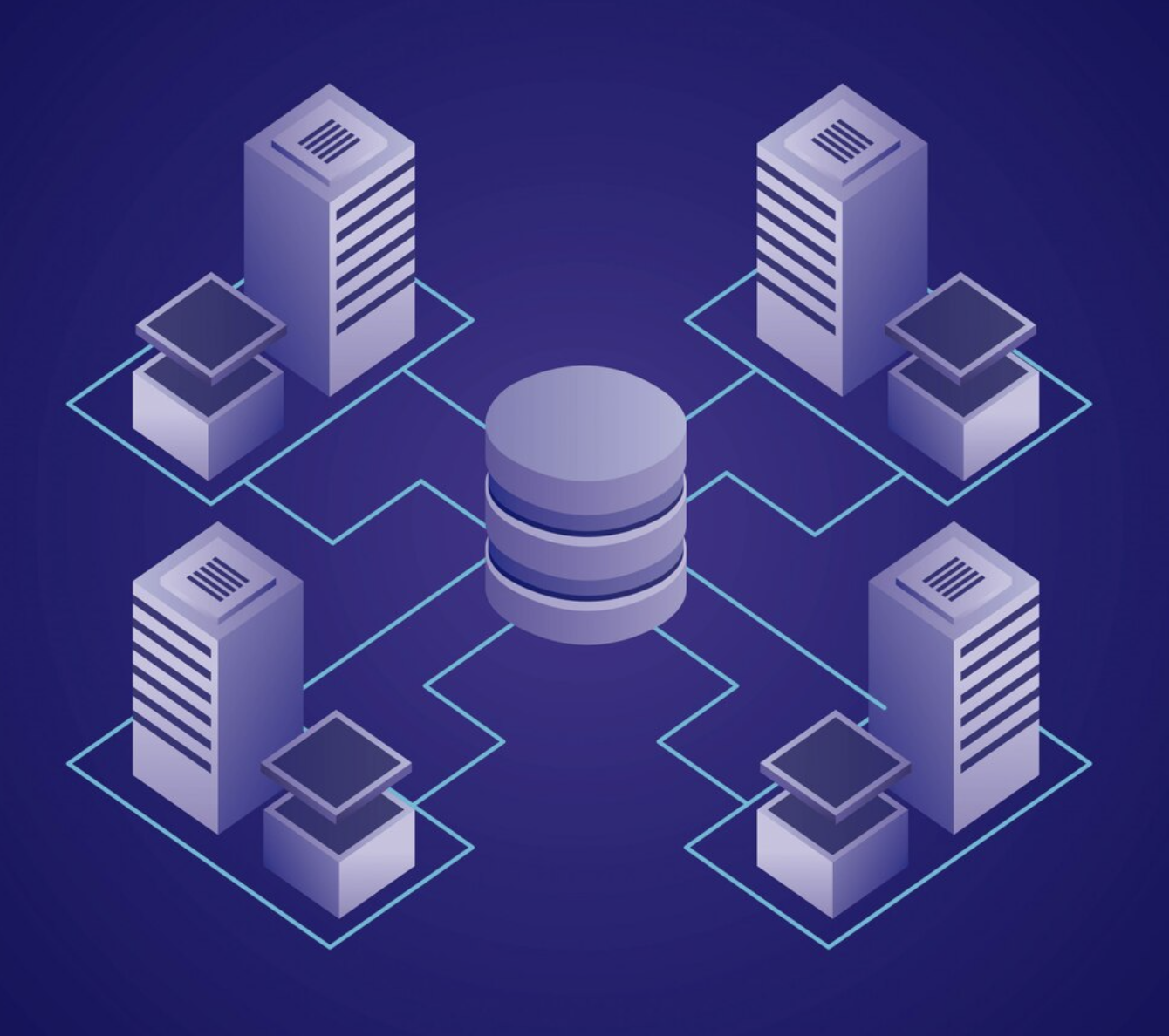
MongoDB: The Most Popular Document Database
What is MongoDB?
MongoDB is one of the most widely used NoSQL databases and is designed to store data in document format, using a JSON (JavaScript Object Notation) structure. This database is ideal for handling large volumes of unstructured data, such as information generated by web and mobile applications.
Benefits of using MongoDB
Scalability: MongoDB stands out for its ability to scale horizontally, allowing companies to easily expand their systems.
Data flexibility: By not requiring a fixed schema, MongoDB allows the data structure to be modified without having to disrupt the system.
Integration with modern languages: MongoDB integrates seamlessly with popular programming languages such as JavaScript, Python, and Ruby, making application development easy.
Apache Cassandra: Massive Scalability and High Availability
What is Apache Cassandra?
Cassandra is a column-oriented NoSQL database that was initially developed by Facebook. It is known for its ability to handle large volumes of data spread across multiple data centers, making it an ideal choice for companies that need high availability and massive scalability.
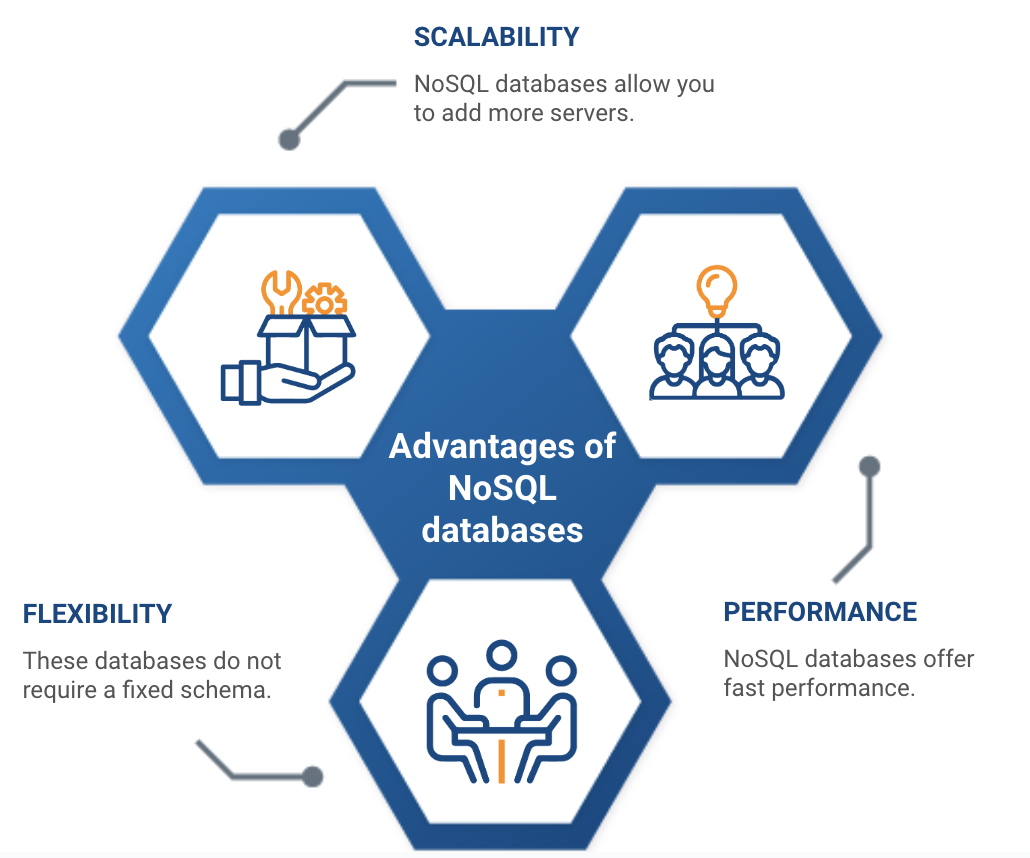
Benefits of using Apache Cassandra
High availability: Cassandra is designed to have no single points of failure, ensuring continuous system availability.
Unprecedented scalability: Cassandra's distributed architecture allows enterprises to scale their data infrastructure seamlessly.
Consistent performance: With its ability to read and write on multiple nodes at the same time, Cassandra delivers consistent performance even under high load situations.
Redis: Real-Time Performance with In-Memory Storage
What is Redis?
Redis is an open-source NoSQL database that is characterized by being an in-memory data store, allowing it to offer extremely fast response times. Unlike MongoDB and Cassandra, Redis is designed to handle data in key-value format and is ideal for applications that require real-time processing.
Benefits of using Redis
Unparalleled speed: By storing data in memory instead of on disk, Redis can handle millions of requests per second, making it the ideal choice for real-time applications.
Versatility: Redis supports different types of data structures, such as lists, sets, and hashes, allowing it to handle a wide range of use cases.
Support for transactions and persistence: Redis offers advanced features such as transactions and persistence mechanisms that ensure data integrity, even in mission-critical environments.
Comparison between MongoDB, Cassandra and Redis
Each of these NoSQL databases has its own advantages and is suitable for different use cases. Here is a quick comparison:
Scalability
MongoDB and Cassandra offer excellent horizontal scalability, while Redis is more geared towards in-memory workloads.
Data Flexibility
MongoDB is ideal for handling data in document format, while Cassandra is more suitable for distributed, columnar data. Redis excels in applications where speed is critical.
Performance
Redis is the preferred choice for real-time applications due to its speed, while MongoDB and Cassandra are better for large-scale data that needs to be distributed across multiple nodes.
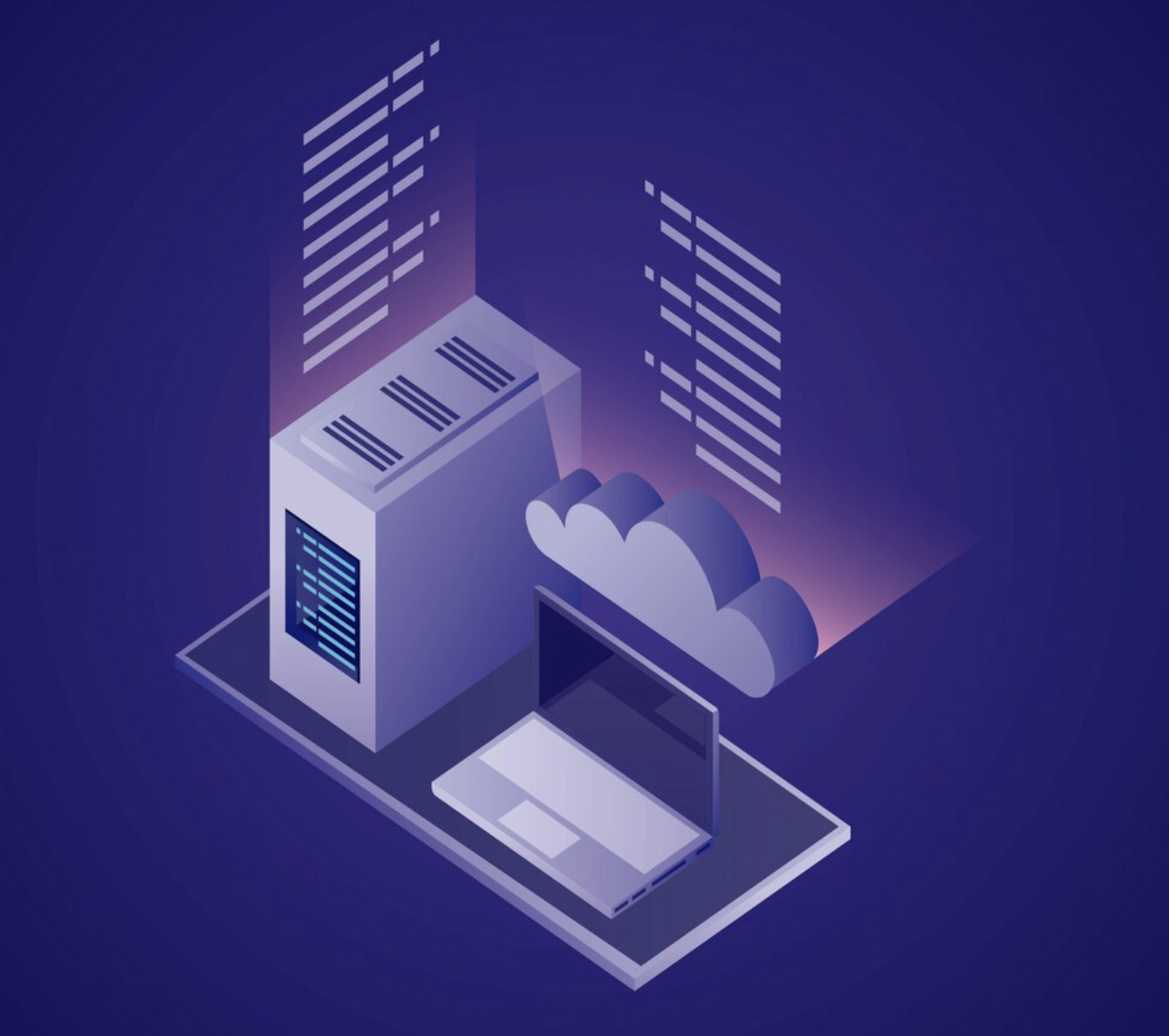
Use cases for MongoDB, Cassandra, and Redis
MongoDB
Ideal for web applications, content management systems, and analytics of large volumes of unstructured data.
Cassandra
Perfect for enterprises that need to handle large volumes of data spread across multiple data centers, such as social media and financial services.
Redis
Best choice for applications that require real-time responses, such as gaming, messaging services, and streaming data analytics.
The Future of NoSQL Databases
NoSQL databases are here to stay, offering a solid alternative to traditional relational databases. Businesses of all sizes are adopting solutions like MongoDB, Cassandra, and Redis to handle their growing data storage and processing needs.
Whether an organization is looking for flexibility, scalability, or real-time performance, there is a NoSQL database to fit their needs.
